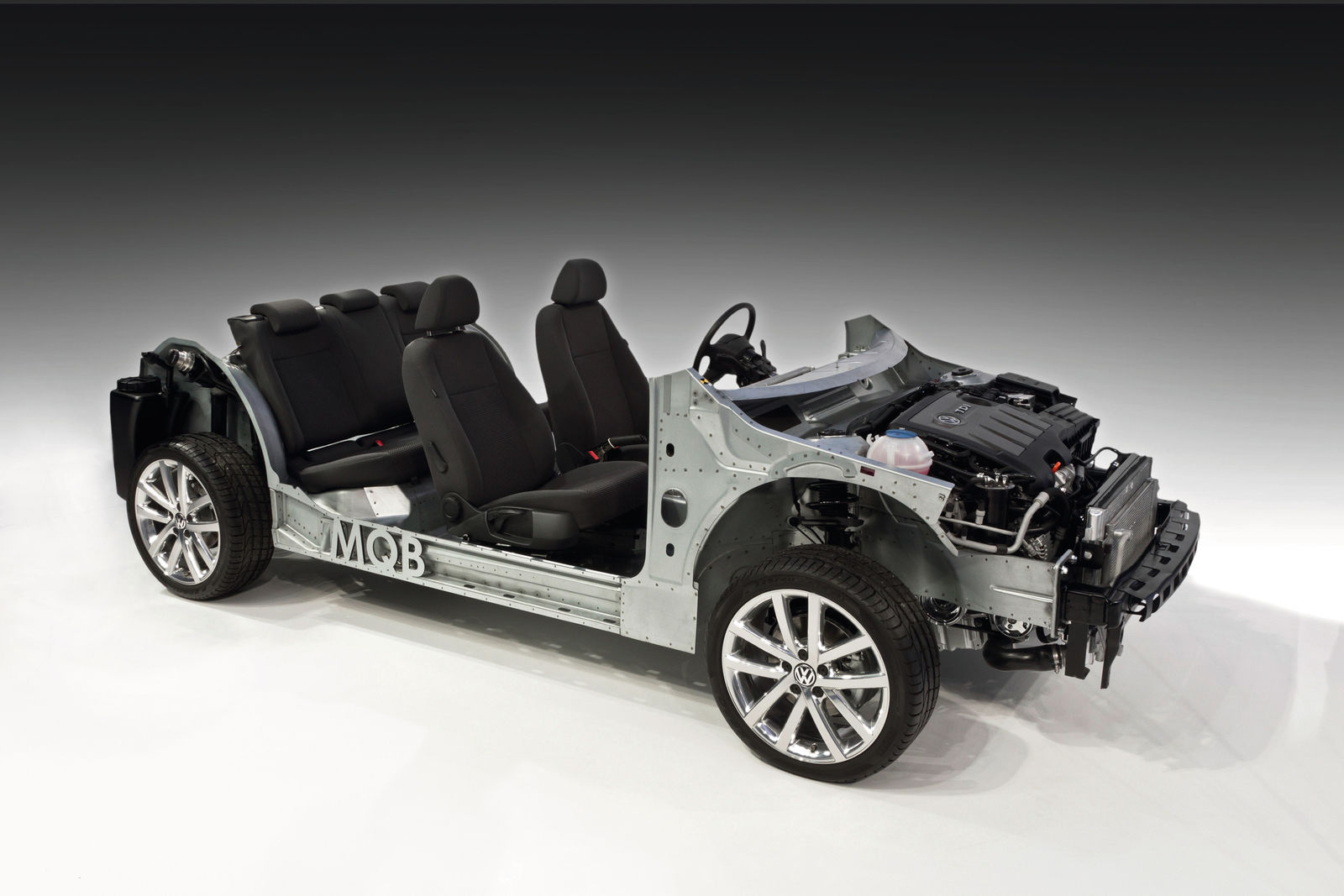
Modular toolkit strategy as recipe for success: the MQB celebrates tenth anniversary
Published By Volkswagen [English], Wed, Jun 22, 2022 6:00 PM
Facilitating independent brand identity. The MQB offers a high degree of flexibility. Parameters such as track, wheelbase, wheel size or seat and steering wheel position can be adapted individually – depending on positioning and vehicle class of the respective model –to fulfil the requirements and wishes of the market and customer. Many components of the body are made of high-strength and ultra-high-strength steels and sheets in variable thicknesses. This reduced the weight of the newly introduced MQB models by around 50 kilograms on average compared with their predecessors. The weight reduction was actually almost 100 kilograms for the Golf VII – depending on the specification.
New engines with standardised installation position. The installation position of the engines is also standardised in the modular transverse matrix. They are tilted to the rear by 12 degrees, with the intake side at the front and the exhaust side at the back. For this reason, in the TSI engines of the EA 211 series – which debuted alongside the MQB, the development engineers rotated the cylinder heads by 180 degrees compared with the previous EA 111 engine.
Petrol, diesel, gas and electricity. When it comes to the powertrains in particular, the MQB shows itself to be extremely versatile and future-oriented. The petrol (TSI), diesel (TDI) and natural gas (CNG) engine versions were planned into the design concept from the start, as were mild hybrid and plug-in hybrid drives. The Golf VII was even available as an all-electric e-Golf from 2013 to 2020. On the German market, the MQB power range of the Group models currently starts at 48 kW (66 PS),, with the most powerful motor delivering 294 kW (400 PS).
Number of variants reduced. The new petrol engines and the equally new diesel engines (EA 288) were provided with standard interfaces for power transmission. This allowed them to be combined with the same gearboxes and same drive shafts on the front axle. As a result, the number of engine and gearbox variants was almost halved. And in the case of the heater and air conditioning units – a large component in the vehicle front end – the number of different versions even fell from 102 to 28.
Efficient production. Volkswagen and the Group brands are able to develop their new models and variants quickly on the flexible basis of the MQB. Over the years, the matrix has been continuously extended and refined. It is divided into several model ranges and evolutionary stages – the current Golf being the latest one. All MQB-based vehicles can be standardised and produced efficiently in the factories of the global production network. There are also significant advantages for model changeovers. When the Volkswagen plant in Wolfsburg started production of the new Golf in 2019, it was possible to still use around 80 percent of the existing installations in the body shop. The MQB also makes it possible to build vehicles with different wheelbases and track widths, or models of different brands, on the same production line.
Press release distributed by Wire Association on behalf of Volkswagen, on Jun 22, 2022. For more information subscribe and follow Volkswagen
